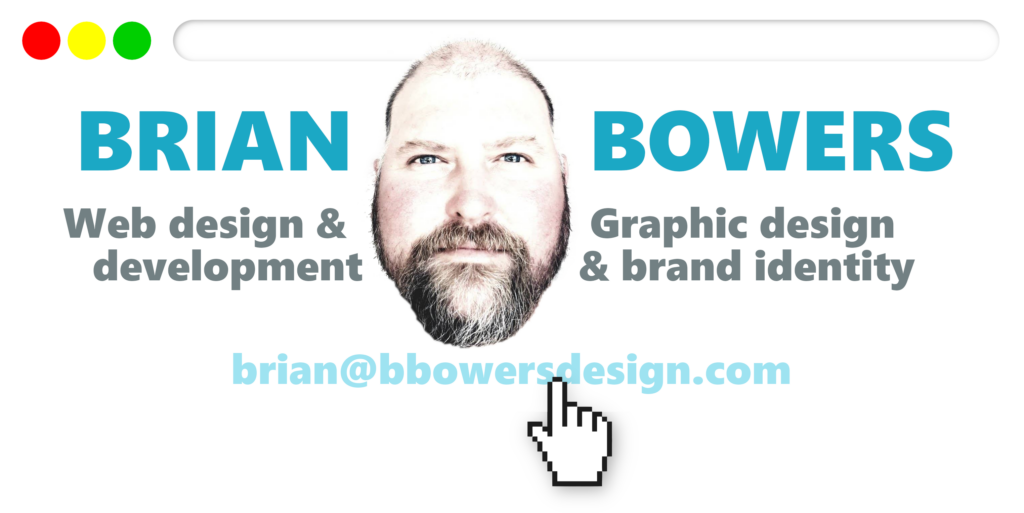The best solutions are often the simplest — not because the problem is simple, but because the process of arriving at that solution required clarity, creativity, and strategy. In web development, this kind of problem solving is essential. It’s not just about writing code or building pages — it’s about crafting experiences that work beautifully, communicate effectively, and solve real user needs.
From small business sites to full-scale web applications, developers face an endless array of challenges. And the most effective developers are not just technical experts — they’re creative thinkers, able to approach problems from multiple angles and find the most elegant path forward.
Approaching Complexity with Clarity
Web development, by nature, is complex. You’re balancing user needs, performance requirements, accessibility standards, business goals, browser quirks, and ever-changing technologies. It’s easy to get buried in the weeds of detail — but creative problem solving pulls you back to see the whole picture.
That begins with how you frame the problem.
Too often, developers jump straight into writing code. But when you take a moment to step back and define the problem clearly, you avoid wasted effort and discover better approaches.
Techniques for Brainstorming Smart Solutions:
Here are a few methods successful developers use to unlock creativity:
1. Mind Mapping
Visualize the problem and its related factors. Mind maps help you organize thoughts around a central theme, which often reveals unexpected connections or overlooked obstacles.
2. “How Might We” Questions
This technique reframes challenges in an open-ended way:
- How might we improve the user experience for first-time visitors?
- How might we simplify the checkout process without removing functionality?
Framing in this way invites innovation and avoids narrow thinking.
3. Rubber Duck Debugging
Explaining the problem out loud — even to an inanimate object — often leads to sudden realizations. It forces you to slow down and articulate the issue clearly, which can uncover solutions you hadn’t considered.
4. Analogous Inspiration
Look outside your field. How do other industries solve similar problems? For instance, how does the layout of a physical retail store inform digital navigation? How does a museum guide visitors through exhibits — and can that inform your onboarding flow?
Merging Form and Function: The Role of Usability in Web Development
Once a solution begins to take shape, it must pass a key test: Does it work for real people in the real world?
Good web development is more than efficient code or flashy visuals. It’s about crafting digital environments where users feel comfortable, confident, and understood.
The Balance Between Aesthetics and Utility
A website should look good — but it also has to work. Fortunately, these goals aren’t mutually exclusive. In fact, the best user interfaces blend form and function seamlessly.
Consider this:
- A clean layout with a clear visual hierarchy guides users effortlessly.
- A beautiful design with intuitive buttons invites interaction.
- A smooth transition or animation builds trust and engagement.
Every visual decision can support usability when done with intention.
Design with Empathy
Put yourself in the user’s shoes:
- Can they find what they’re looking for quickly?
- Does the site load fast and perform well on mobile?
- Are CTAs clear and accessible?
- Is the language friendly and direct?
Designing with empathy turns functional sites into usable experiences — and that’s where creative problem solving shines brightest.
Real-World Examples of Simple, Smart Solutions
Creative problem solving doesn’t always mean inventing something new. Sometimes, it means simplifying what already exists. Here are a few examples of how small changes can lead to big impact:
- Reorganizing the navigation menu to group links by user intention rather than company departments — making the site feel intuitive instead of corporate.
- Adding a progress bar to a multi-step form, reducing abandonment by giving users a sense of control and context.
- Using icons alongside labels, reinforcing meaning and helping non-native speakers navigate with ease.
In each case, the solution wasn’t complex — it was simply thoughtful, rooted in real human behavior and needs.
Conclusion: Creativity is a Developer’s Superpower
In web development, technical expertise is essential — but creativity is the differentiator. It’s what helps you:
- Navigate uncertainty
- Reimagine the user journey
- Find clear answers in the face of complexity
The most impactful digital experiences are those that appear simple — but are backed by deep, creative thinking. They solve problems gracefully, and users often don’t even notice the complexity beneath the surface.
That’s the power of creative problem solving. It’s what transforms code into connection. And in an increasingly digital world, it’s what makes great developers stand out — not just for what they build, but for how they think.

